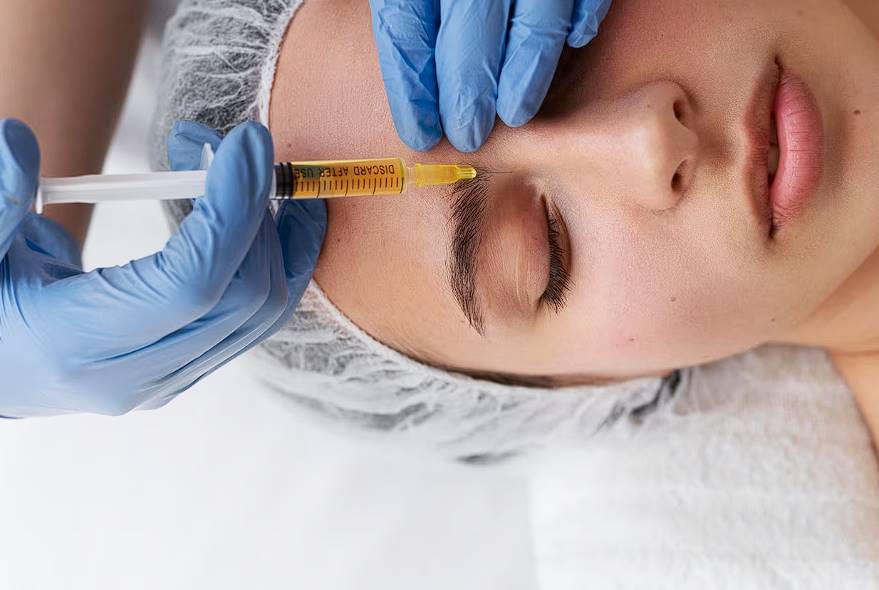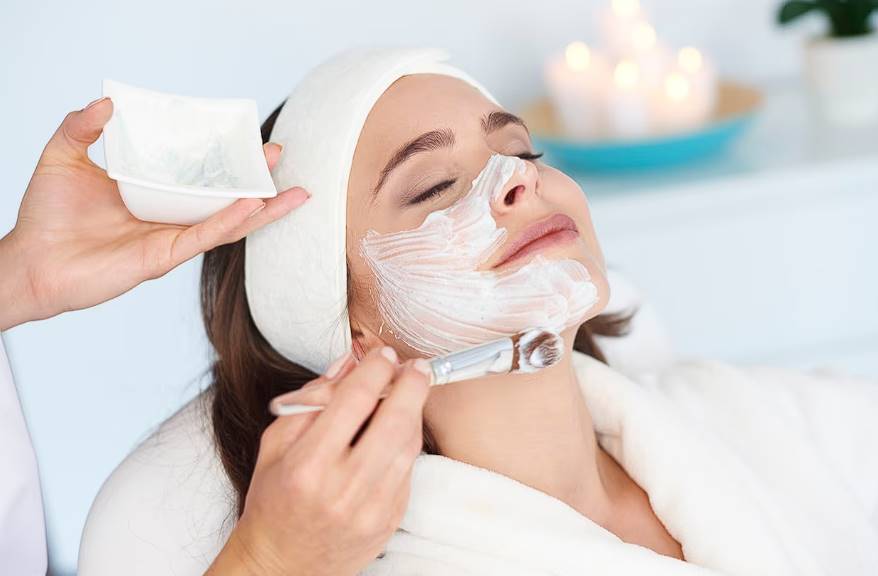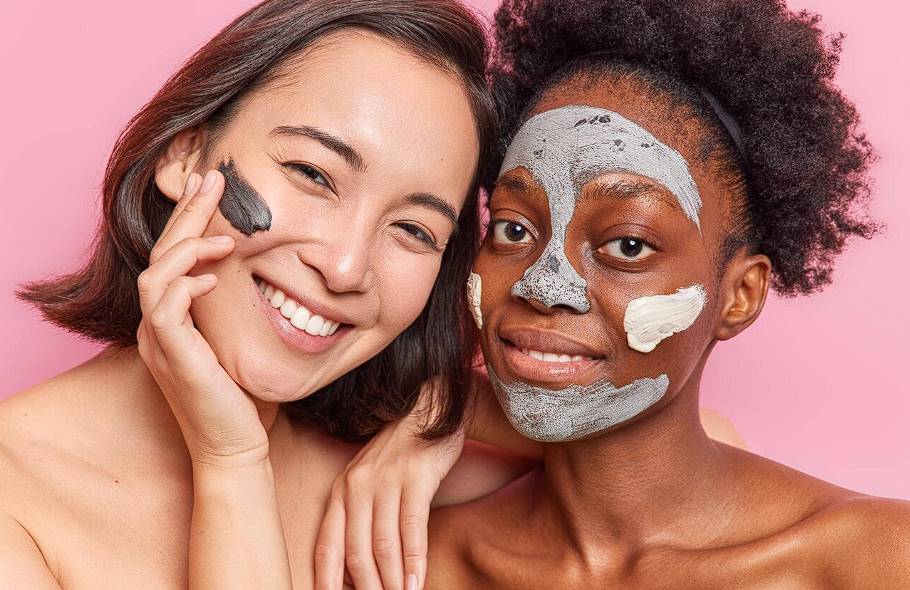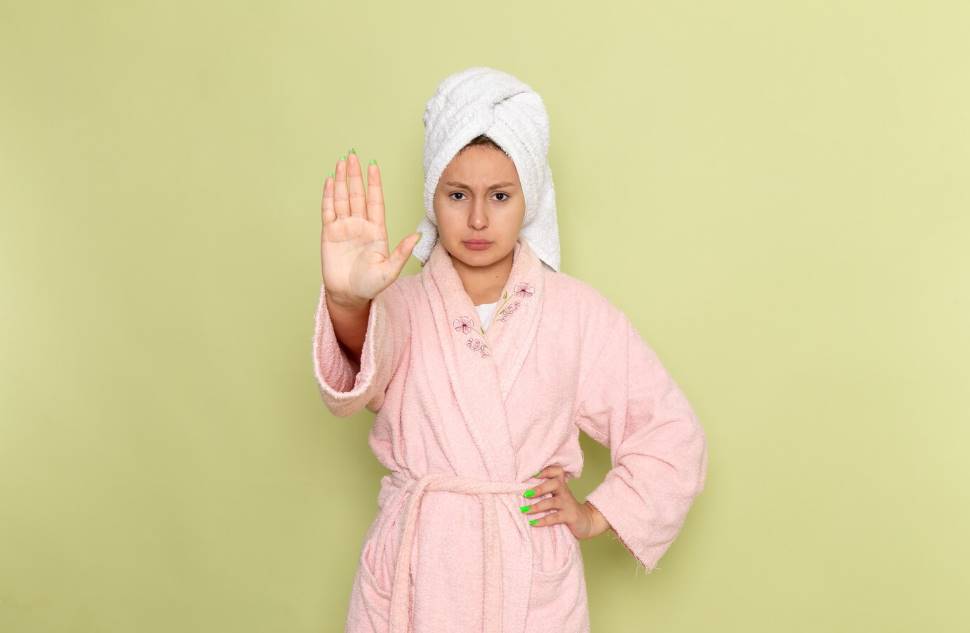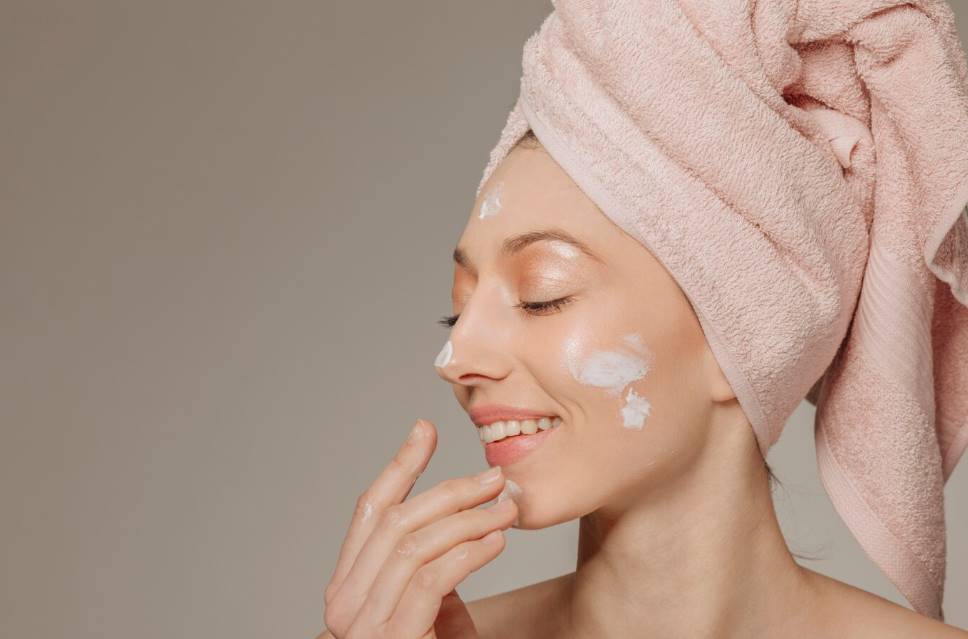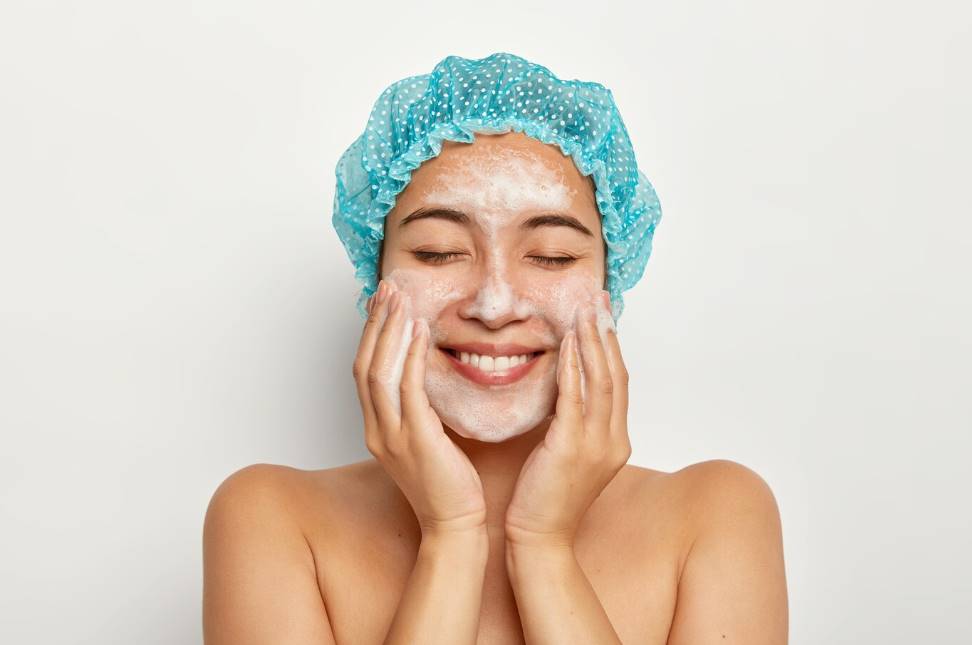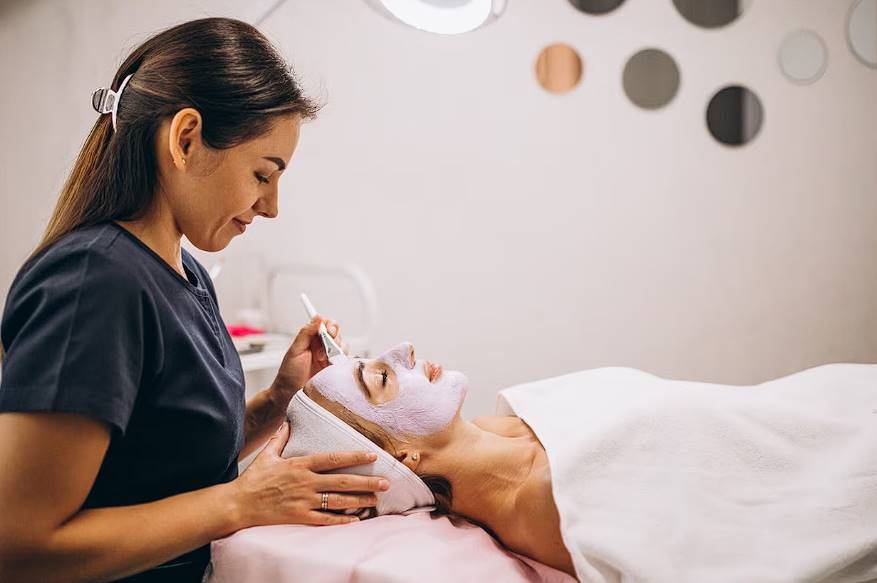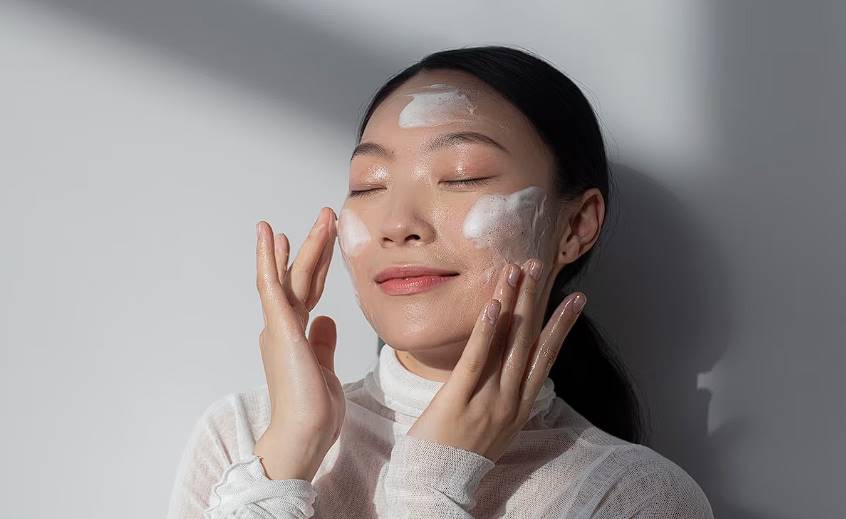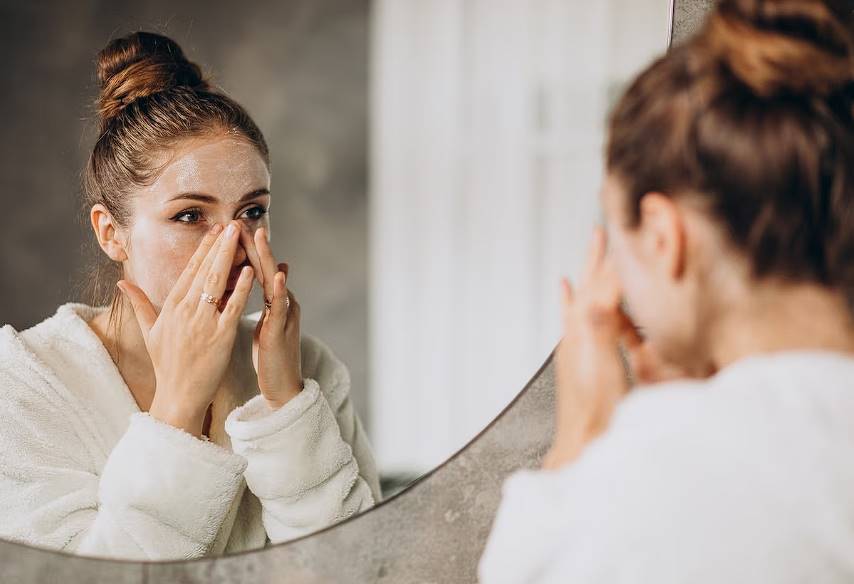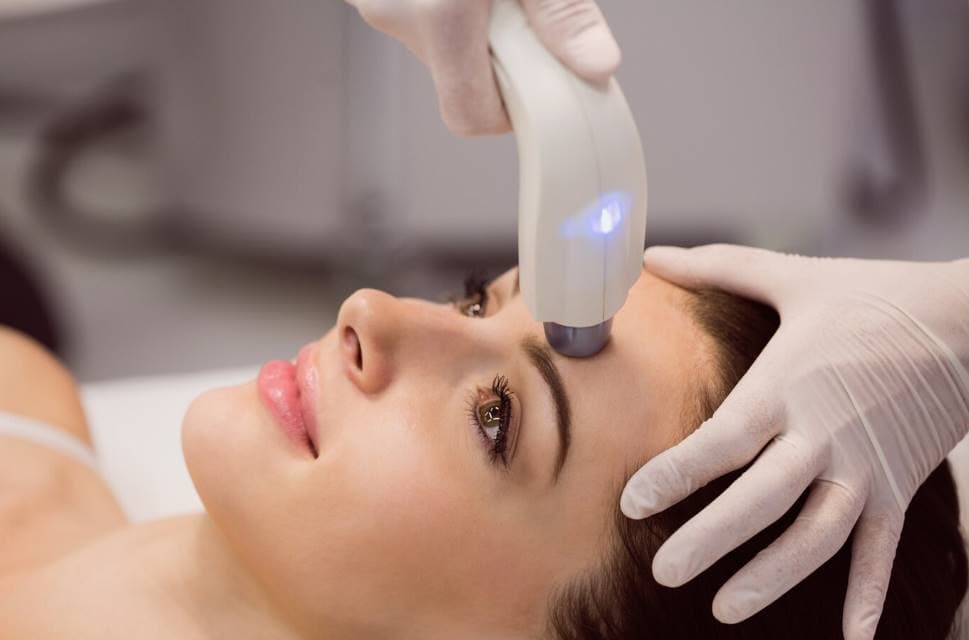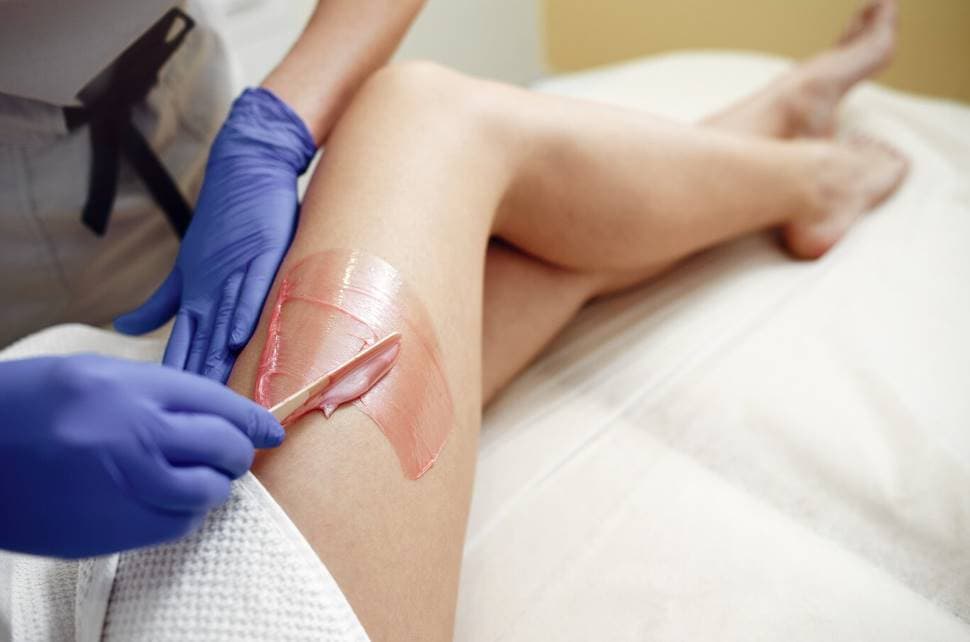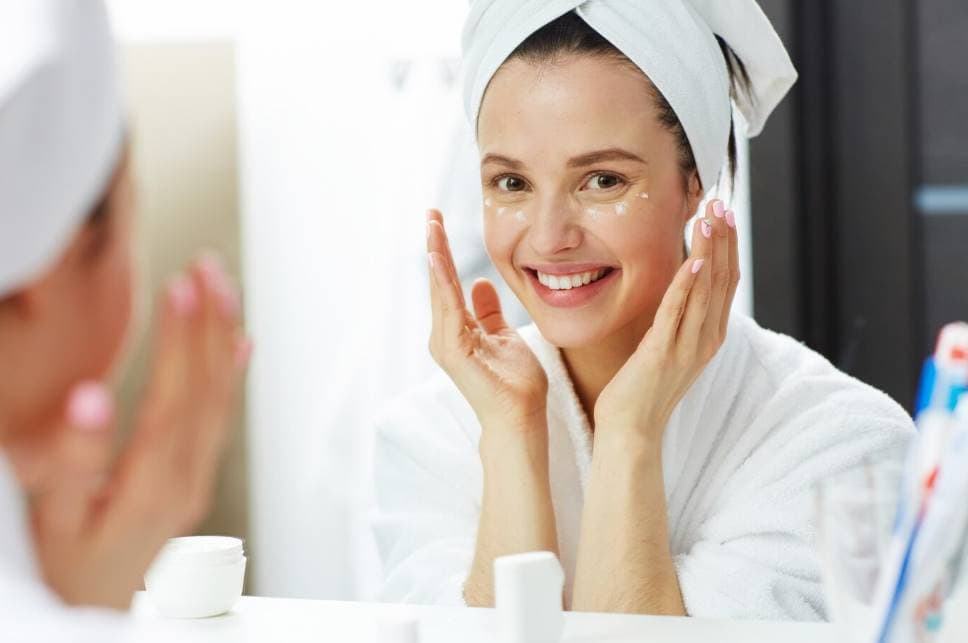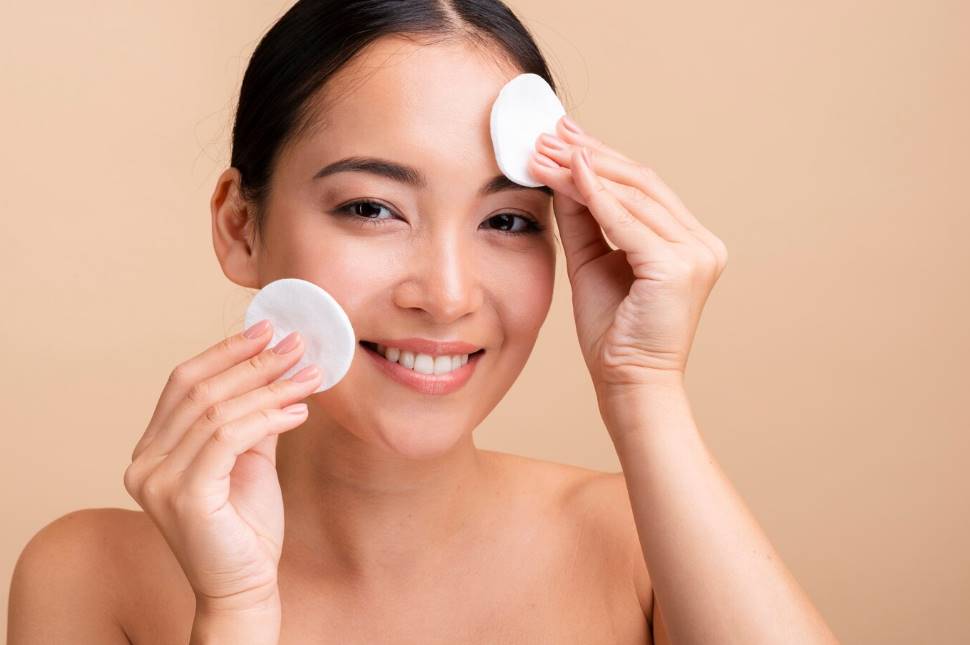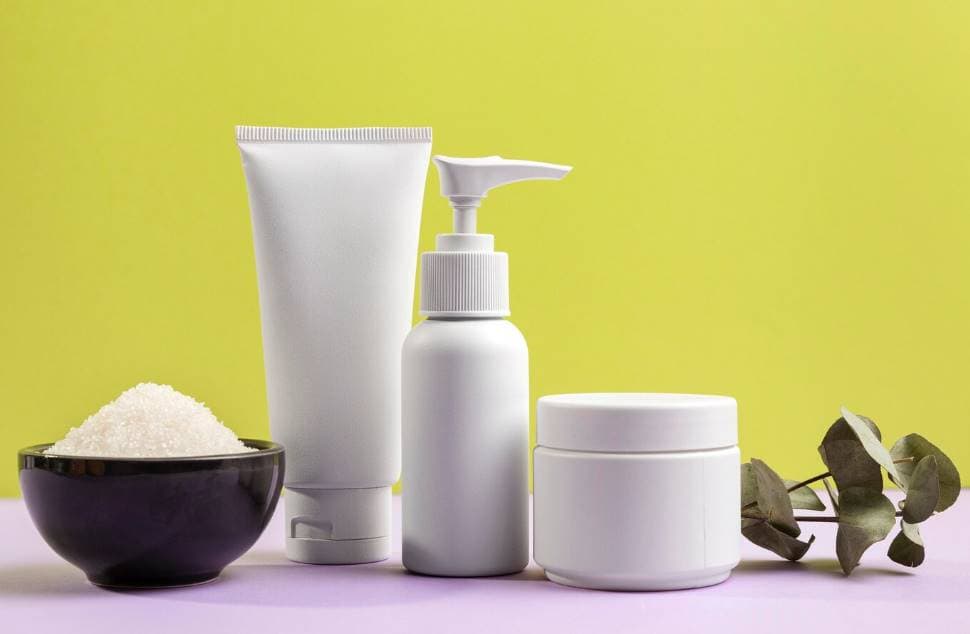Dermal fillers and Botox are popular choices for people who want to look younger without having facial surgery. Even though these treatments can be very effective by professionals, it is important to know when they may not be the best choice.
Cosmetic injectables have changed the world of cosmetic medicine because they offer non-invasive ways to fix problems like fine lines and loss of facial volume. People have said that this has led to problems ranging from cosmetic ones (like the dreaded "frozen" look) to challenging medical ones (like nerve damage).
In rare cases, people who were injected with knockoff compounds that weren't regulated were even taken to the hospital. Before you get any cosmetics injection, you should know the "red flags" that could mean the person giving you the injection is not well trained.
In this article, we will discuss the warning signs you should pass on cosmetic injectables. Your safety and happiness should always be the most important things.
Cosmetic Injectables: Beware of These Red Flags Before You Get One
There are many different kinds of cosmetic injectables, such as neurotoxins like Botox and dermal fillers such as Juvederm. They serve by temporarily altering how the facial muscles move or adding volume to certain areas. This gives the face a more youthful and rested look.
Botox and injecting fillers are two of the most popular ways to look better without surgery. Fillers are typically used to add quantity to the lips and various parts of the encounter, while Botox is usually utilised for treating fine lines and facial wrinkles. But if the wrong people do Botox or other injections, they can be very dangerous. Even deadly.
Because of this, it's hard to tell who is qualified and who isn't. But you must stay safe and avoid botched cosmetic injections, especially when becoming injectables. So, how can you know that you're in good hands?
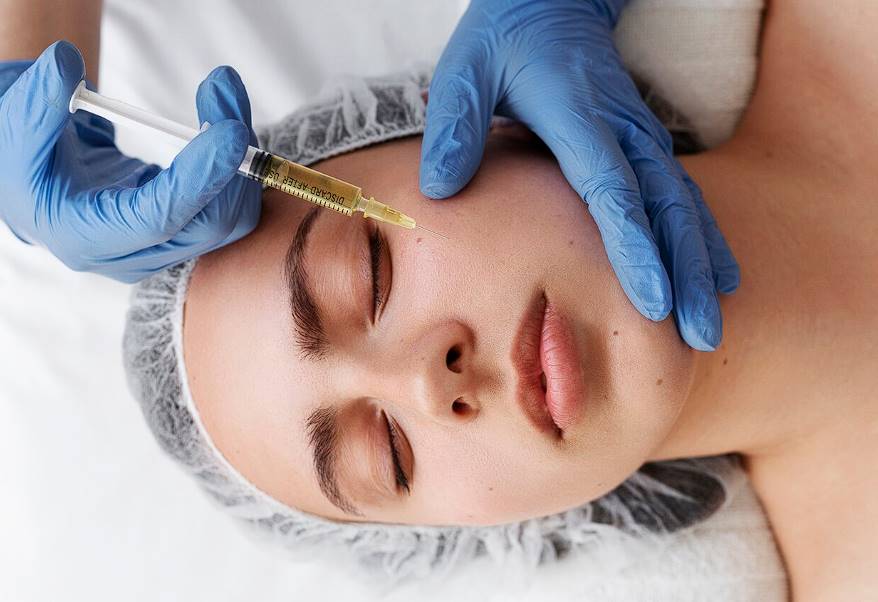
Don't Ignore These Warning Signs When Choosing an Injector
Your Injector Willing to Work Anywhere.
Even though it sounds great to have your Botox injections or filler injector come to your home, office, or hotel room, it's an obvious indication that your injector doesn't put cleanliness first. Many people who offer "house calls" for Botox or fillers don't have any medical training and don't have their own office because they aren't doctors.
This is like letting an outsider provide you with cosmetic injections, so it's a very risky thing to do. Cosmetic injections must only be given in a clean, clinical setting, like a plastic surgeon's office. They should never be given in a private home, salon, or spa that isn't a medical facility.
Low-Quality Injectable Products
Only high-quality injectables should be used by your doctor. Ask your injector many enquiries to determine what products they use so you can do research.
No Licensed Medical Professionals on the Staff
Only some states have rules about what kinds of licences are needed to give Botox. Since it's a prescription drug, make sure you opt for a license from the board doctor, established nurse, or physician's assistant who holds a valid licence.
The Price Looks Too Good to Be True.
Botox injections and facial fillers are two of the least expensive ways to look better. Still, you should be careful if an injector offers prices much lower than the average treatment cost in your area.
Doctors and nurses have to charge what they do because it costs money to run a clinic and pay trained staff. So, if someone offers you cheap injections, it's usually an indication that they aren't qualified to give them.
Even worse, they might be using fake compounds that aren't regulated and are often very dangerous. If you get one of these compounds, it will cost you much more to go to the doctor than getting a real Botox or filler injection.
Dirty, Non-Sterile Environments
Look around when you go to a med spa for the first time. Is it clean, or do you notice dust and trash cans that are full?
Don't go to Botox parties at someone's house or in a hotel room. They are not safe places to get injectables for cosmetic purposes. Never put your health at risk.
In case of emergency...
Anyone thinking about getting injections must also make sure the doctor they go to has access to a hospital.
If your doctor has healthcare privileges, other doctors in the field have permitted them to do these things. It also means that your doctor gets to keep learning and probably has malpractice protection if something goes wrong.
When Should You Consider Cosmetic Injectables?
After reviewing the warning signs, knowing when cosmetic injectables might be a good idea is important. Many people think that before getting injectables, they should immediately get a lot of wrinkles or additional signs of ageing.
But injectables may only work well for you if you wait for a short time and have deep wrinkles or sagging skin. Starting early is the best way to keep looking young and put off the need for further invasive procedures.
At the initial sign of fine lines, injectables are often used as preventive care. Beginning in your mid-20s, your body starts to make less collagen, which is when most individuals start to see small signs of aging.
Your Laugh Lines Are No Longer a Funny Thing
You've seen the laugh lines if you've ever observed the lines that form on the sides of your mouth and nose when you laugh or smile. Everyone has them, and they're usually nothing to worry about. However, if those wrinkles are still visible when the face is at rest, consider an array of dermal fillers to treat the lower part of your face.
Your Jawline Is Starting to Drop
No one enjoys thinking about getting jowls, and the word itself may make you shiver, but they do exist. Skin that hangs down is an expected aspect of getting older. It is caused by gravity and the skin's loss of elasticity.
Unfortunately, no magical pill, unique diet, exercise, cream, or serum can get rid of jowls once the skin has started to sag and cheekbones have formed. But cosmetic facial fillers can help lift sagging skin and give your jawline definition again.
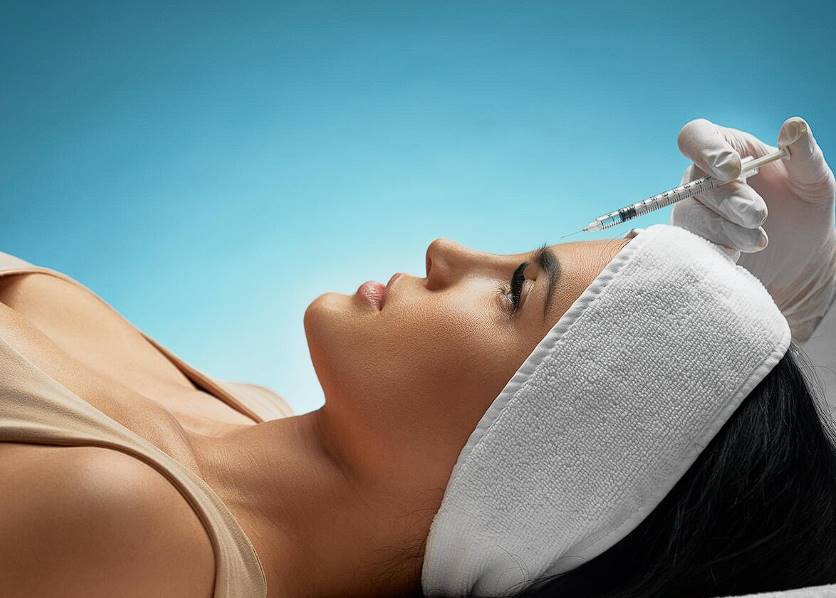
You Are Unhappy With the Way You Look
You are one of the best ways to tell if you are ready for dermal fillers. Fillers can make you appear younger, which is one of their benefits. However, the primary objective of any cosmetic operation is to make you feel better about how you look.
If you avoid mirrors, don't want your picture taken, or even skip events because you're self-conscious about your appearance, it might be time to think about fillers or similar surgeries.
Less Invasive Methods Aren't Working Anymore
Start young if you want your skin to look younger. After all, prevention remains easier than treatment. Starting in your teens, you must focus on a good skincare routine and use good products. When you start to see small flaws, like fine lines near the eyes or on the top of your head, there are quick, easy, and non-invasive ways to fix them.
Botox and other injectables, anti-aging serums, and skin treatments like a chemical peel can all help reduce or even stop the hands of time. But over time, you might need more than these products and methods to achieve the desired results. When this occurs, it might be time to think about a more aggressive solution, like fillers.
You've Observed a Decrease in Your Cheek
When we're still kids, we all have fat pads in our cheeks that make them look full and round. But as we get older, these pads start to sag and fall, making your face look hollow and older than you are. If you've been seeing something like this when you look in the mirror, cosmetic facial fillers might be an appropriate option. The fillers can help lift these fat pads, making your cheeks look full and young again.
You Consistently Appear More Exhausted Than You Feel
Dermal fillers and other cosmetic procedures can do more than make your face look younger. The right method may make you appear fresh as well as healthier. You might be able to sleep as much as you want (if so, you're lucky), but wrinkles and loose skin continue to render you tired and worn out all the time and often seem older than you are. Dermal fillers in the right places can quickly fix these and other problems.
Melomental Folds Are Starting to Show Up
You're not a doll... So why combine lines that could make you seem like one? If you don't know what those lines are, they're lines or wrinkles that go from the inside of your mouth to the borders of your chin. Dermal fillers used for cosmetic purposes can help them look a lot better, making you appear instantly years younger.
Conclusion
Botox and dermal fillers are common ways to look younger without having to have surgery on your face. But it's important to be aware of red flags that could show a lack of training or the wrong kind of training.
If an injector is ready to work anywhere, uses low-quality injectable products, has no licenced medical professionals on staff, or has a price that seems too good to be true, these are all red flags.
Only doctors who are trained and licenced to do so should use low-quality injectables. If an injector gives cheap shots, it's likely that they don't know what they're doing or that they're using fake drugs that aren't regulated.
When choosing an injector, it's also important to think about dirty, non-sterile settings and access outside of a hospital. To avoid risks, it is important to check how clean medical spas, Botox parties, and hospital rooms are.
It's important to know what red flags to look for when picking an injector and to be careful when thinking about cosmetic injectables. By following these rules, you can make sure that using injectables is safe and effective.
People with deep lines or skin that sags can benefit from cosmetic injectables, as can those who don't like the way they look. With these injections, sagging skin can be lifted and the face can get a new look. Dermal fillers can be used to treat the laugh lines that form on the sides of the mouth and nose when you smile or laugh. Gravity and skin loss can cause jowls, which can be fixed with face fillers.
Botox and injectables are less invasive ways to stop or slow the signs of ageing. But in the long run, you may need more aggressive options like fillers. Fillers for the face can also be used to lift the fat pads in the cheeks, which can make them look full and young again.
Dermal fillers can also make people look younger and healthier since wrinkles and sagging skin can make them look old and tired. Dermal fillers can be used to treat melomental folds, which are lines or wrinkles that go from the inside of the mouth to the chin. This will make you look younger right away. By taking care of these warning signs, people can keep looking young and avoid more invasive treatments.
Content Summary
- Dermal fillers and Botox provide non-surgical facial rejuvenation.
- Cosmetic injectables offer non-invasive solutions to ageing signs.
- These treatments can lead to cosmetic issues like the "frozen" look.
- Some individuals experience severe medical issues, including nerve damage.
- Unregulated compounds have led to hospitalisations in rare cases.
- Recognise "red flags" to ensure injectors are well-trained.
- Cosmetic injectables should prioritise safety and satisfaction.
- Neurotoxins like Botox and fillers like Juvederm are common choices.
- Botox addresses fine lines, while fillers add facial volume.
- Injections by unqualified individuals can be dangerous.
- Identifying qualified practitioners is challenging but vital.
- Avoid injectors who offer services outside clinical settings.
- House calls for Botox often indicate a lack of medical training.
- Cosmetic injections require clean, clinical environments.
- Ensure injectors use high-quality products.
- Injectors should have valid licences and medical training.
- Suspiciously low prices might indicate a lack of expertise.
- Avoid injectors using potentially harmful unregulated compounds.
- Ensure the environment for the treatment is clean and sterile.
- Botox parties in non-clinical settings pose risks.
- Check that the injector has hospital access for emergencies.
- Hospital privileges for a doctor indicate trustworthiness.
- It's essential to know when to consider cosmetic injectables.
- Early injectable treatments can delay significant aging signs.
- From the mid-20s, reduced collagen production starts showing aging signs.
- Persistent laugh lines can be addressed with dermal fillers.
- Jowls, sagging skin around the jaw, signify aging.
- Cosmetic fillers can redefine sagging jawlines.
- If unhappy with appearance, consider dermal fillers.
- If non-invasive methods fail, consider more robust treatments.
- A proper skincare routine from a young age aids prevention.
- Over time, more intensive solutions like fillers might be needed.
- Decreased cheek volume causes a hollow, aged appearance.
- Cosmetic fillers can restore cheek volume.
- Fillers can address persistent fatigue appearance.
- Cosmetic procedures can improve overall facial freshness.
- Melomental folds give a puppet-like appearance.
- Dermal fillers can reduce the appearance of melomental folds.
- A primary aim of cosmetic treatments is enhanced self-confidence.
- Seek injectables if less invasive methods stop being effective.
- Botox parties are not recommended due to safety concerns.
- Research and understand potential risks before treatments.
- Trustworthy clinics charge appropriately to cover overheads.
- Only certified medical professionals should administer treatments.
- Starting injectables early can proactively address aging signs.
- One's self-perception is crucial in deciding on cosmetic treatments.
- Modern cosmetic medicine has seen the transformative effects of injectables.
- The risk of botched treatments highlights the need for qualified professionals.
- Always prioritise a clean clinical setting for treatments.
- Cosmetic procedures should enhance self-esteem and satisfaction.
Frequently Asked Questions
When administered by a qualified and experienced practitioner, cosmetic injectables are generally safe. However, there are risks, so thorough research and consultation are essential.
The duration of effects varies depending on the product used and individual factors. Typically, results can last from several months to over a year.
A consultation should involve a discussion of your goals, a facial analysis, a review of your medical history, and a personalised treatment plan.
Some cosmetic injectables can be partially or completely reversed with appropriate treatments. Discuss this possibility with your provider.
Yes, alternative treatments, such as laser therapy and surgical procedures, may be more suitable depending on your specific goals and needs.
